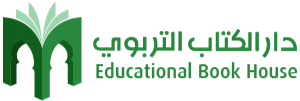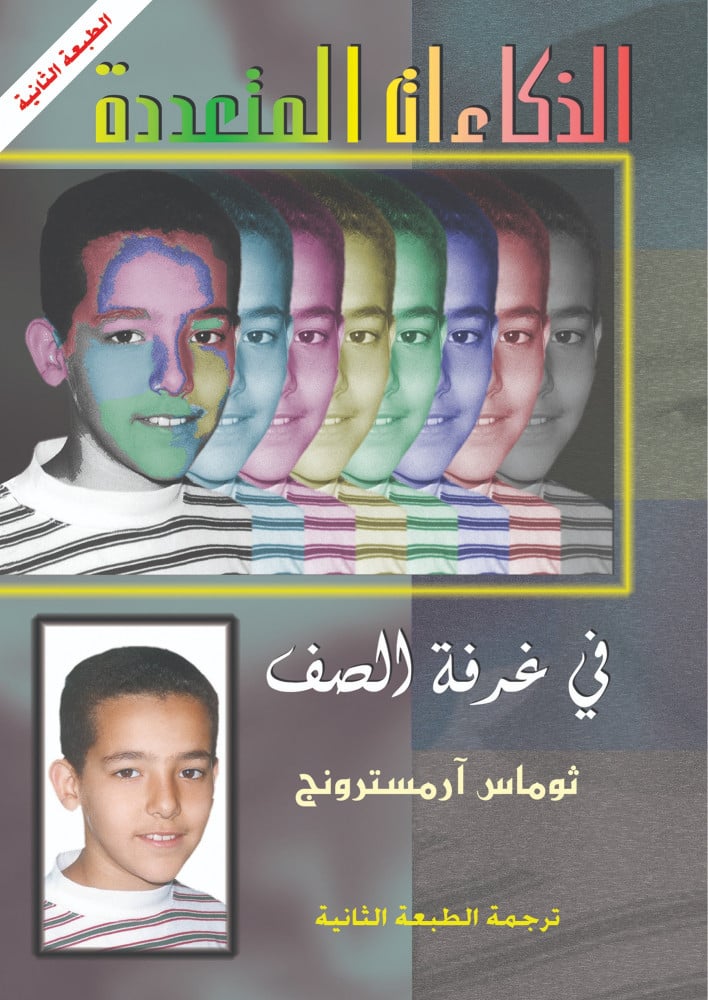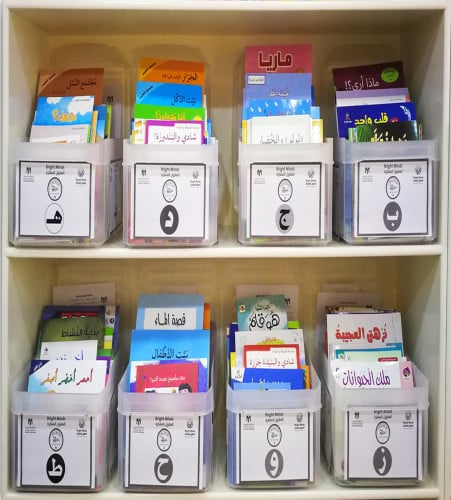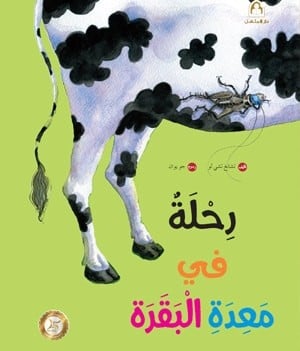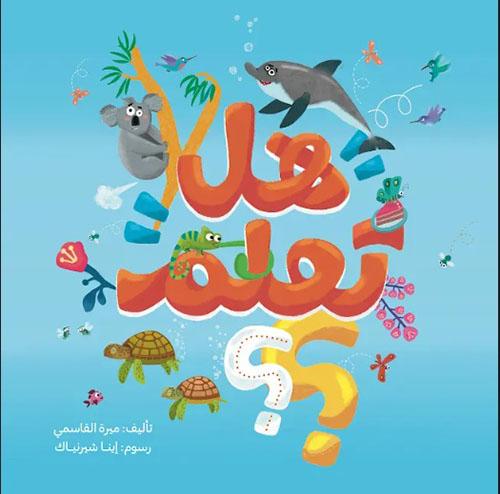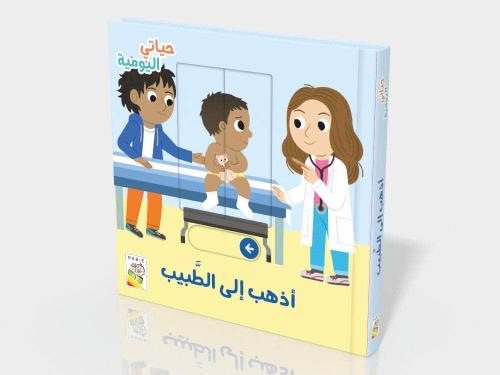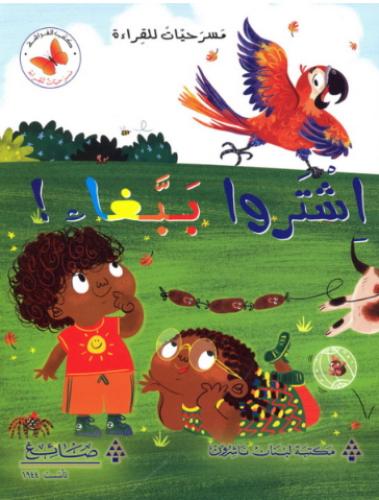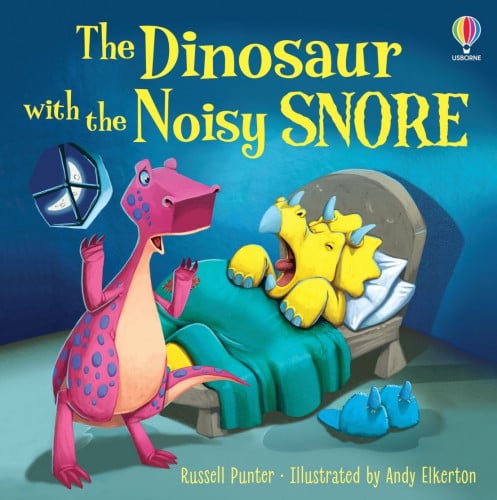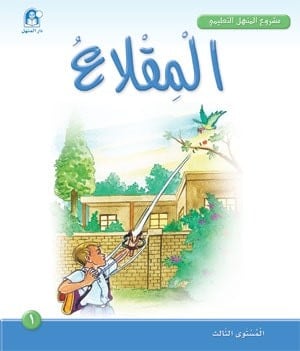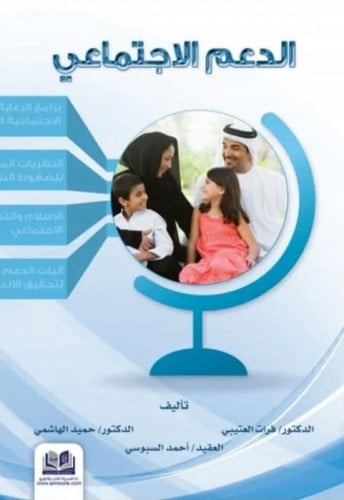AVAILABLE IN ARABIC
About This Book
To respect the many differences between people”—this is what Howard Gardner says is the purpose of learning about multiple intelligences (MI) theory, which holds that the human mind is composed of eight intelligences—linguistic, logical-mathematical, spatial, bodily-kinesthetic, musical, interpersonal, intrapersonal, and naturalistic—plus a possible ninth (existential).
This updated third edition of Multiple Intelligences in the Classroom, Thomas Armstrong’s bestselling practical guide for educators, includes two new chapters that address the worldwide reach of MI and rebut some common criticisms of the theory.
This new edition includes updated information and resources throughout the text to help educators at all levels apply MI theory to curriculum development, lesson planning, assessment, special education, cognitive skills, educational technology, career development, educational policy, and more.
The book includes dozens of practical tips, strategies, and examples from real schools and districts. Armstrong provides tools, resources, and ideas that educators can immediately use to help students of all ages achieve their fullest potential in life.
Topics : Teaching Strategies
Table Of Content
Acknowledgments
Preface by Howard Gardner
Introduction to the 3rd Edition
1. The Foundations of MI Theory
2. MI Theory and Personal Development
3. Describing Intelligences in Students
4. Teaching Students About MI Theory
5. MI Theory and Curriculum Development
6. MI Theory and Teaching Strategies
7. MI Theory and the Classroom Environment
8. MI Theory and Classroom Management
9. The MI School
10. MI Theory and Assessment
11. MI Theory and Special Education
12. MI Theory and Cognitive Skills
13. Other Applications of MI Theory
14. MI Theory and Existential Intelligence
15. MI Theory and Its Critics
16. MI Theory Around the Globe
Appendixes
A. Related MI Resources
B. Related Books on MI Teaching
C. Examples of MI Lessons and Programs
References
Index
About the Author
About the Authors
Thomas Armstrong, Ph.D.:

Thomas Armstrong, Ph.D., is an award-winning author and speaker with 40 years of teaching experience and over 1 million copies of his books in print. He has authored 15 books, including Multiple Intelligences in the Classroom; written numerous articles for Parenting, Ladies’ Home Journal, Family Circle, and other periodicals; and appeared on several national and international television and radio programs, from NBC’s Today show to the BBC. He lives in Sonoma County, California, with his wife Dr. Barbara Turner—a writer, teacher, and psychotherapist—and their two dogs, Dewey and Daisy. Contact Thomas Armstrong at his website: institute4learning.com.
ISBN: 9960863255
Author: Thomas Armstrong
Publisher: Educational Book House
Publish Year: 2015
Size: 17*24cm
Pages number: 212
